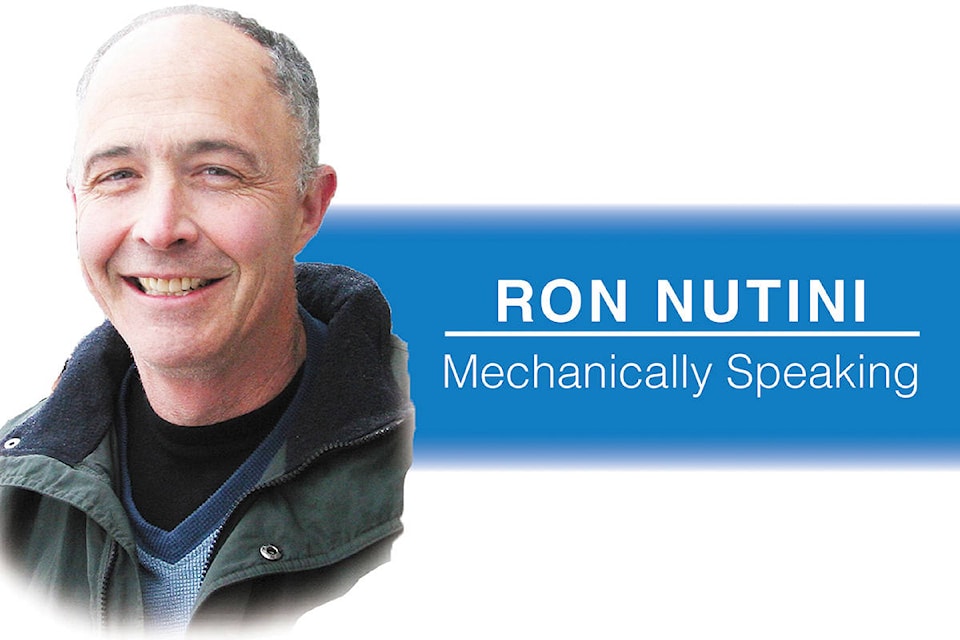A flash of hot weather quickly brings on many requests for repairing vehicle air conditioning systems. Many of you are looking for that quick cheap fix. Knowing that many are looking for that quick fix inspires a myriad of quick fix products to appear at local retailers. There is always a supply for a demand.
The most common air conditioning system fault is failure to cool due to a lack of refrigerant. Those of us tempted by a quick fix will be lured by a can of top up refrigerant that comes with a hose and some instructions available at your local automotive retail parts centre. That top up can might also contain chemicals that allude to stopping the leak that caused your refrigerant to leak out in the first place.
Buyer beware. That top up refrigerant is not the same as what came in your vehicle when it was made. Most vehicles on the road today use the refrigerant R134a a non ozone depleting refrigerant with a very high global warming potential. Use of this refrigerant in BC is regulated. Your mechanic must have papers saying he/she can handle that refrigerant properly. It cannot be sold to the man on the street.
So what is in that top up can? Typically it is a refrigerant with similar characteristics to R134a but with no ozone depleting or global warming potential. So how can it be bad? Those refrigerants are hydrocarbon based. They will work as a refrigerant. Your results will vary.
Proper A/C refrigerant replacement is a series of steps requiring specialized equipment and skills. First one must determine that the reason the air conditioning system is not functioning well is because the refrigerant is low due to a slow leak or a large leak.
If the system is not totally empty what is left must be identified and removed.
No use putting refrigerant into a leaking system as it will all just leak out again. Finding and fixing the leak can be the most expensive but necessary step. Once the leak is fixed the complete system is put under a vacuum to remove contaminants and moisture.
Only then is the original amount of refrigerant placed back in the system along with the proper amount and specification of lubricant (the a/c compressor (pump) is mechanical).
The system is then put back in service and its performance measured against the manufacturer’s specifications. Oh joy! Cold air!
The cheap fix. Connect that magic can you purchased, read the instructions and hope for the best.
Big leak? Your small investment goes in and out without a trace. Maybe just a big hissing sound.
Small leak? Your system is now contaminated with a blend of refrigerants. Your mechanic may now refuse to work on your air conditioning system because he/she does not want to contaminate his/her equipment and storage containers. Especially if your magic can contained some type of sealer. Sealers can wreak havoc on expensive air conditioning service equipment.
Maybe your system failure is not typical. Your refrigerant level was normal and now your additional refrigerant has overfilled and contaminated your system. What else could be wrong?
That list is long: from a simple fuse, broken wire, a failed a/c clutch relay, a failed compressor. My best advice is to get your broken air conditioning diagnosed correctly first. Stay away from the quick fix.
Trail’s Ron Nutini is a licensed automotive technician and graduate of mechanical engineering from UBC. E-mail: nutechauto@telus.net
